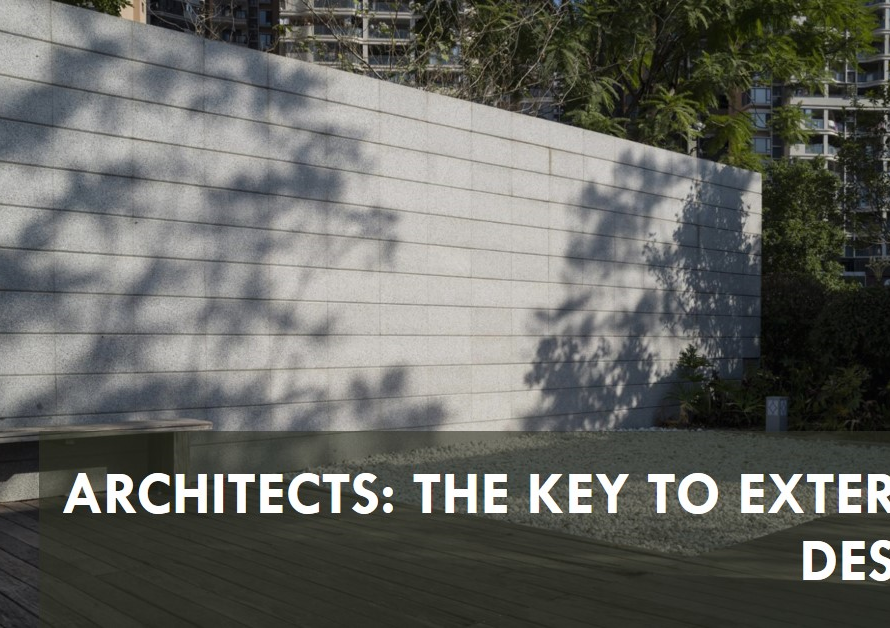
Table of Contents
- Introduction:
- The Artistic Vision vs Technical Realities:
- Mastering the Tools of the Trad:
- Overcoming Complexity in Modeling Techniques:
- Challenges in Texturing and UV Mapping:
- Lighting and Rendering: Capturing the Perfect Shot
- Rigging and Animation: Bringing Models to Life
- Collaboration and Project Management:
- Future Trends and Innovations in 3D Modelling:
- Conclusion:
Introduction:
In the dynamic world of digital design and animation, 3D modelling stands at the forefront of creating realistic virtual environments, characters, and objects. While the results can be visually stunning, the path to achieving them is fraught with challenges that require a deep understanding of both artistic principles and technical skills.
The Artistic Vision vs Technical Realities:
At its core, 3D modelling merges artistic creativity with technical precision. Artists often face the challenge of translating their imaginative concepts into digital reality, grappling with the limitations imposed by software capabilities and hardware specifications. This intersection demands a meticulous approach, where each creative decision impacts the final output’s fidelity and realism.
Mastering the Tools of the Trad:
Central to overcoming 3D modelling challenges is proficiency in specialized software. Industry-standard tools like Autodesk Maya, Blender, and Cinema 4D empower artists with powerful features for sculpting, texturing, and animation. However, mastering these tools requires continuous learning and adaptation to updates and new techniques, ensuring that artists remain competitive in a rapidly evolving field.
Overcoming Complexity in Modeling Techniques:
The journey from a basic wireframe model to a detailed, textured masterpiece involves navigating through various modelling techniques. Techniques such as polygonal modelling, NURBS modelling, and sculpting each serve distinct purposes in achieving specific aesthetic and functional goals. Each technique presents its own set of challenges, from managing polygon counts for optimized performance to ensuring seamless texture mapping across complex surfaces.
Challenges in Texturing and UV Mapping:
Texturing breathes life into 3D models, adding depth, detail, and realism. Yet, achieving realistic textures involves overcoming challenges in UV mapping, where artists meticulously unwrap and flatten 3D surfaces to apply textures accurately. This process requires careful consideration of seams, distortion, and resolution to maintain visual integrity across different viewing angles and lighting conditions.
Lighting and Rendering: Capturing the Perfect Shot
Effective lighting and rendering are crucial for conveying mood, atmosphere, and realism in 3D models. Artists must navigate challenges such as achieving realistic shadows, managing render times, and optimizing scenes for different output formats. Techniques like global illumination and ray tracing enhance visual fidelity but require computational resources and strategic optimization to balance quality and efficiency.


Rigging and Animation: Bringing Models to Life
Animating 3D models involves rigging—creating skeletal structures and controls—and animating them to simulate movement and expression. Challenges include achieving natural movement, syncing animations with audio or interactive elements, and maintaining consistent character proportions across various poses and actions. Rigging and animation require a blend of artistic intuition and technical proficiency to breathe life into static models.
Collaboration and Project Management:
In professional settings, 3D modelling projects often involve collaboration among artists, animators, and designers. Effective communication, version control, and workflow management are crucial for maintaining project timelines and ensuring consistency across complex projects. Challenges such as file compatibility, asset integration, and feedback incorporation highlight the importance of streamlined collaboration tools and processes.
Future Trends and Innovations in 3D Modelling:
As technology advances, the landscape of 3D modelling continues to evolve with innovations like real-time rendering, AI-driven workflows, and virtual and augmented reality integration. Embracing these advancements requires staying abreast of industry trends, continuous skill development, and a forward-thinking approach to leverage emerging tools and techniques for creative expression and professional growth.
Conclusion:
In conclusion, while 3D modelling presents formidable challenges, it also offers boundless opportunities for artistic expression and innovation. By understanding and navigating these challenges—from mastering technical tools to harnessing creative vision—artists can unlock their full potential in shaping immersive digital experiences. Embrace the journey, hone your skills, and embark on a path where creativity meets technical excellence in the dynamic realm of 3D modelling.


